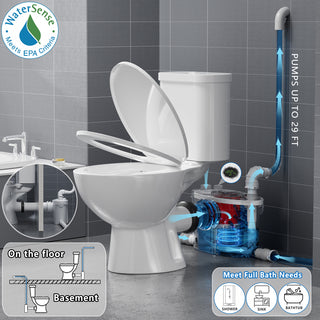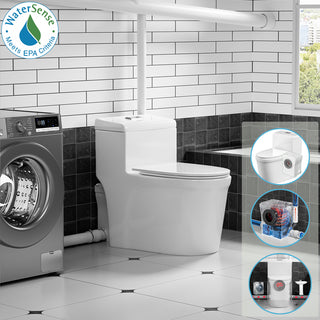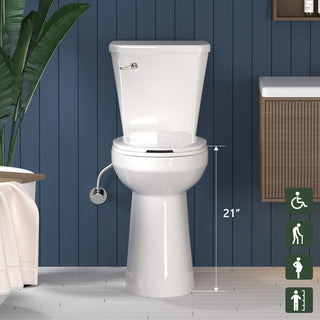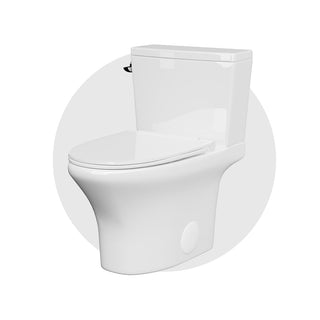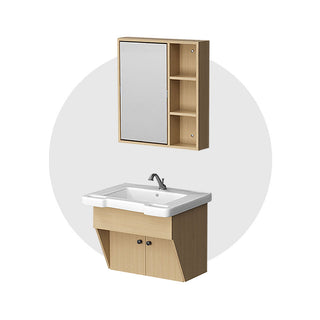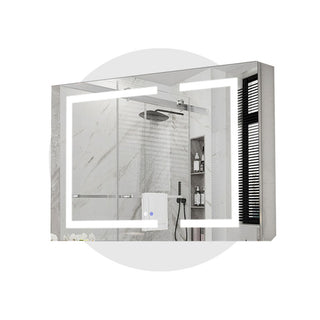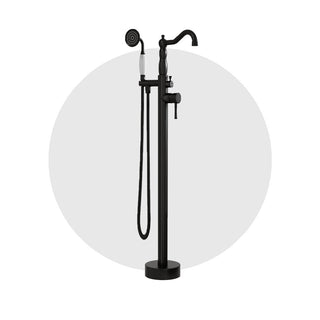Sealants are mainly used to ensure a tight seal between the toilet and the floor to prevent leaks and to avoid gaps between the toilet and the floor that can lead to water leaks, thus preventing water from damaging the floor and the surroundings. But not all toilets need sealant. In most cases, the use of sealant when installing a toilet is highly recommended, especially in traditional installations. So how do you choose the right sealant? Let's explore a few key points to keep in mind when choosing a toilet sealant.
1. Look for Strong Waterproofing
Since toilets are constantly exposed to water, waterproofing is the most important feature of a sealant. Choose a sealant with excellent waterproof capabilities to prevent water from leaking through and causing damage. This is especially important at the junction between the toilet base and the floor, where water leakage can lead to structural issues.

2. Consider Durability and Aging Resistance
The sealant you choose must maintain its adhesive properties over time and withstand the daily stresses of water, temperature fluctuations, and cleaning. Opt for a durable sealant that is resistant to aging, so it won't break down or lose its effectiveness after prolonged use.

3. Choose Eco-Friendly Options
The sealant used in toilet installation comes into contact with your bathroom environment, so choosing an eco-friendly option is essential. Look for non-toxic, low-odor sealants that are safe for both your health and the environment. These products will provide a clean and comfortable installation process.

4. Quick-Curing Sealant
Quick-curing sealants save time by allowing you to complete the installation faster. Traditional sealants can take 24 hours or more to fully cure, but some advanced quick-dry options can set in just a few hours, getting your toilet ready for use sooner.
5. Look for Antibacterial Features
Some high-end sealants are infused with antibacterial properties that prevent bacteria and mold growth. This is especially useful in bathrooms, where humidity can lead to mold formation. Choosing a sealant with antibacterial protection will help maintain a clean and hygienic environment for longer.
6. Match the Color
Although sealant functionality is the top priority, the appearance matters too. Clear or white sealants are most commonly used and blend well with most toilets and bathroom floors. If you have specific aesthetic needs, you can also find sealants in various colors to match your bathroom’s overall design.
7. Consider the Brand and Reputation
Opt for a reputable brand with positive reviews. Well-known brands generally offer higher quality products, and customer reviews can give you insight into the product’s performance. Avoid low-quality, unverified sealants that may not meet standards.
Tips:
- Before applying the sealant, make sure the toilet and floor surfaces are clean and dry to ensure good adhesion.
- Apply the sealant evenly to avoid excess or insufficient coverage, ensuring a tight seal.
- After installation, let the sealant cure properly before using the toilet to avoid damaging the seal.
Choosing the right toilet installation sealant not only ensures a secure installation but also helps prevent leaks, keeping your bathroom clean and dry. We hope these tips will help you choose the best sealant for your toilet installation!


